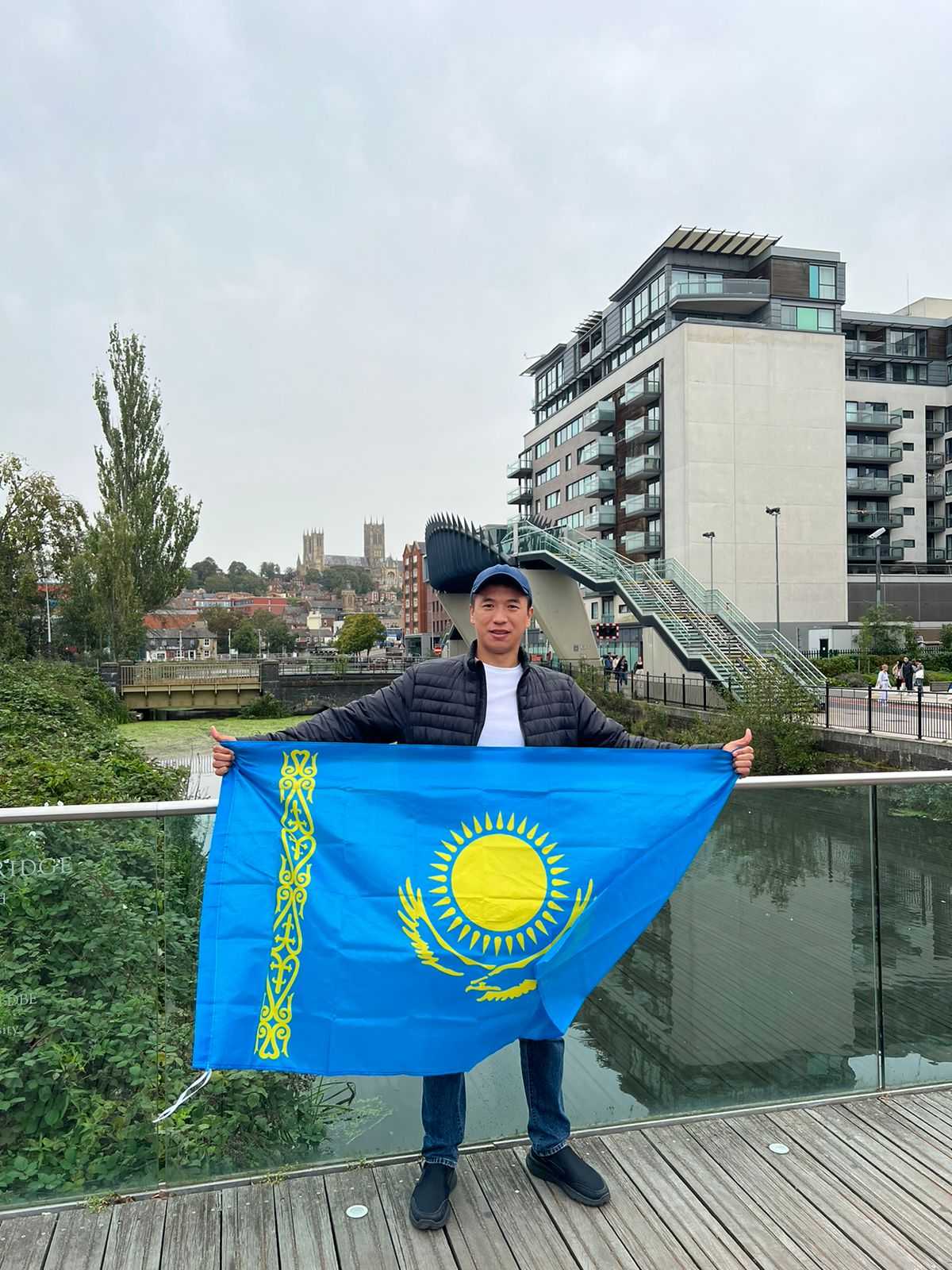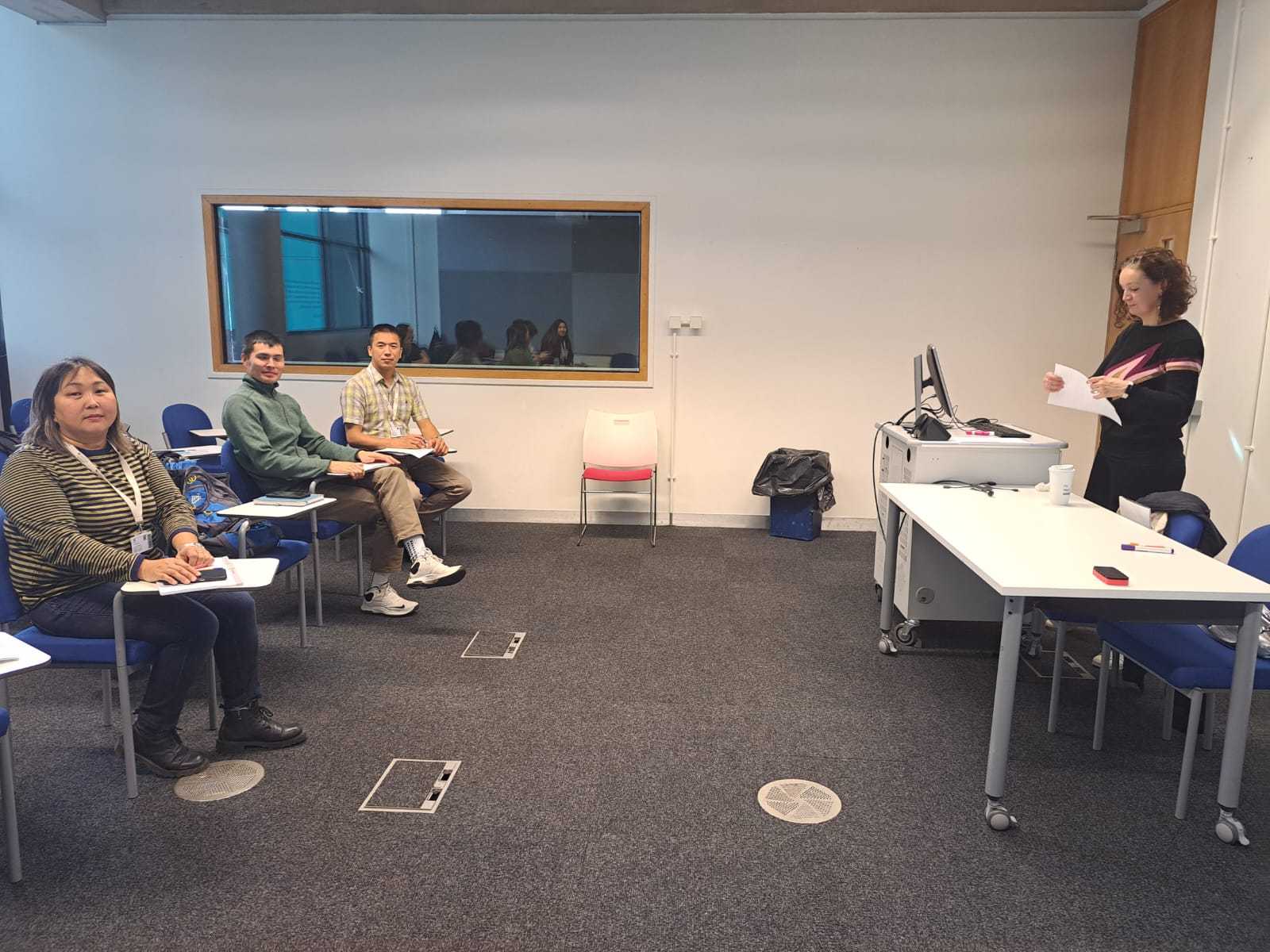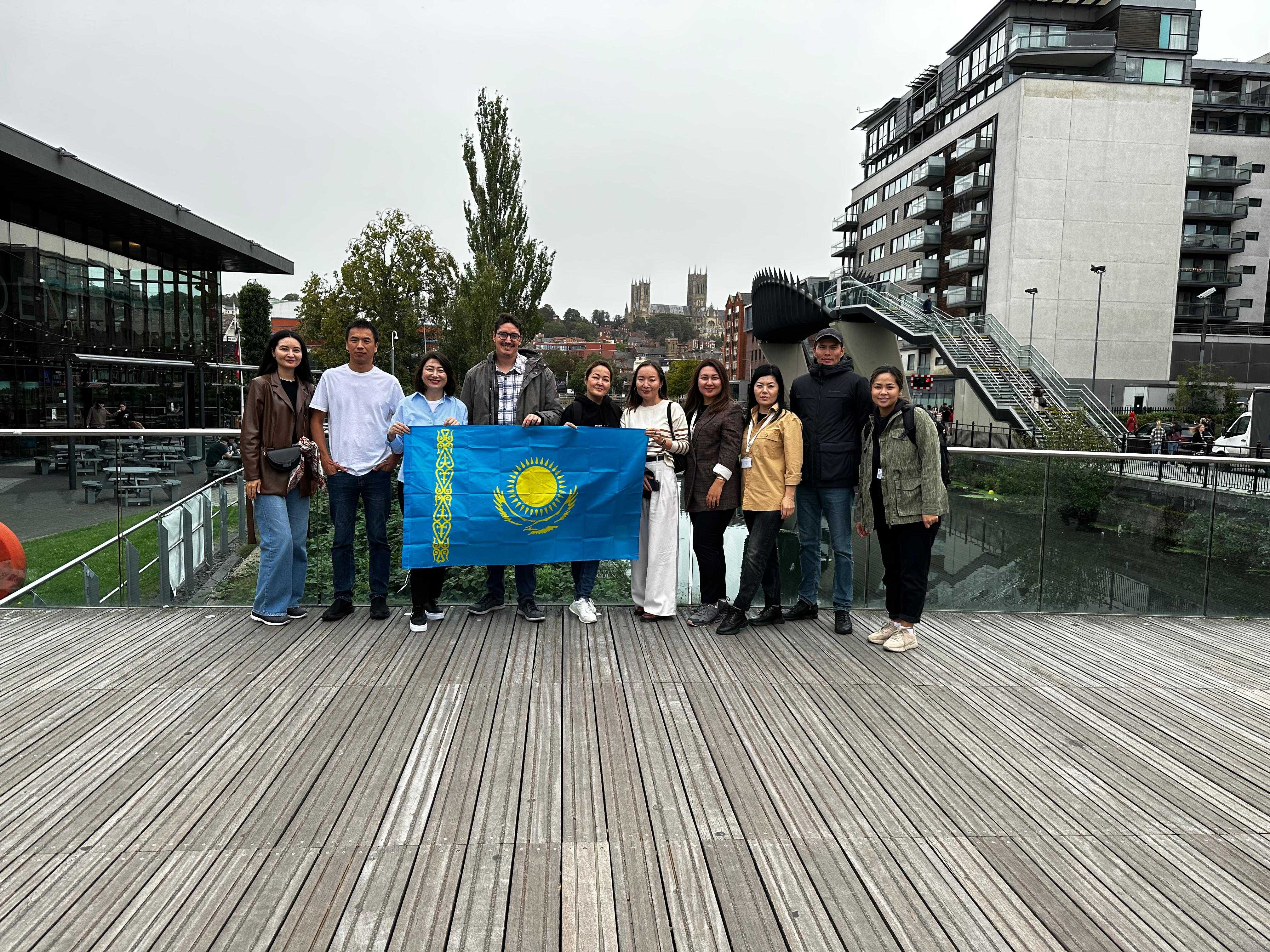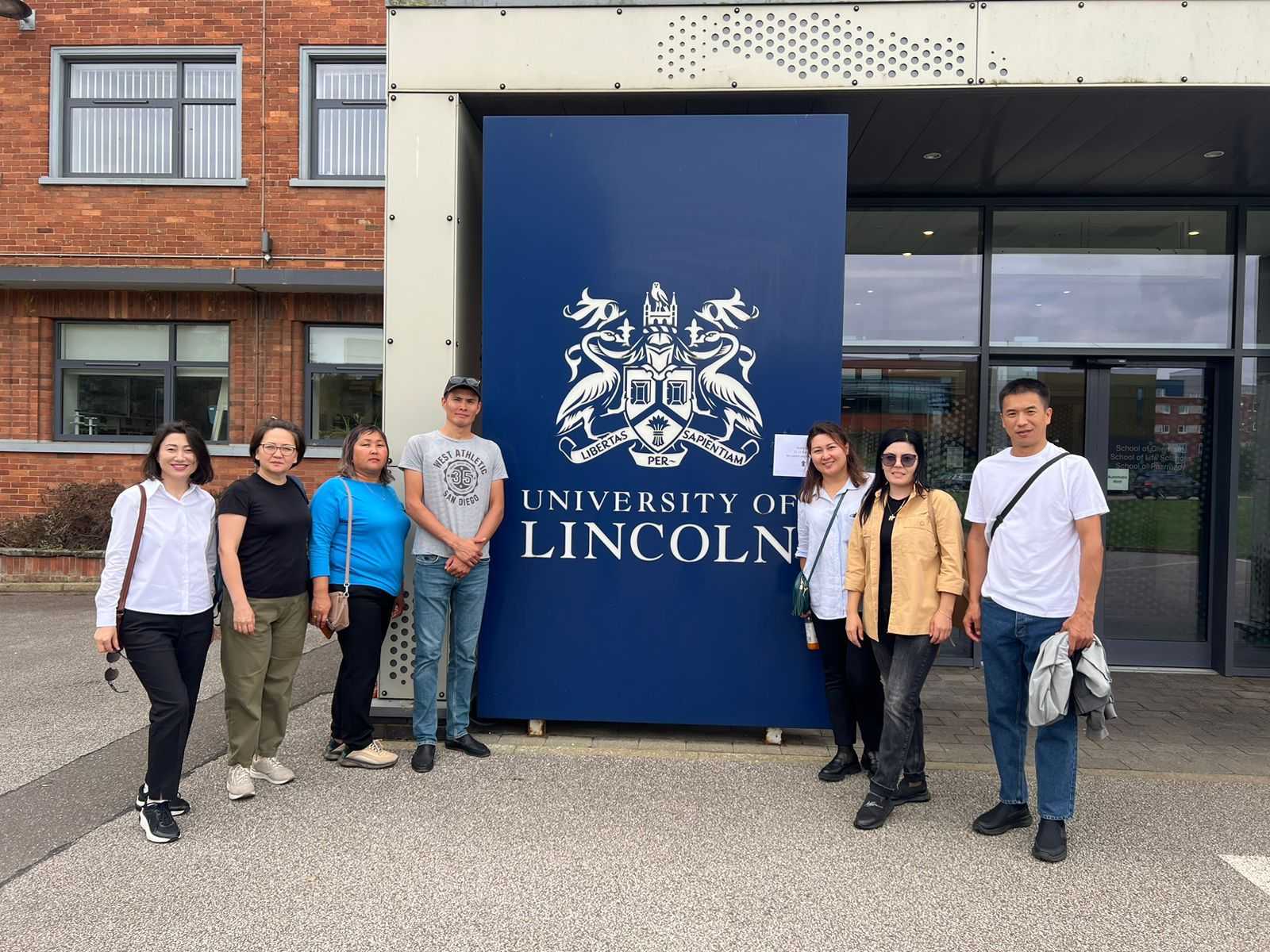Ақпараттақы технологиялар және инженерия жоғары мектебінің аға оқытушысы, PhD Тасболатұлы Нұрболат Ұлыбритания елінің Линкольн университетінде Болашақ халықаралық бағдарламасы аясында ғылыми тағылымдамадан өтуде (ағылш. University of Lincoln).
Линкольн университеті Англияның шығысындағы Линкольн қаласында орналасқан. Университет өз тарихын 1861 жылдан бастап жүргізеді және 1996 жылы университет мәртебесін алды. Қазіргі уақытта университеттің заманауи сәулеті бар және әлемнің түкпір-түкпірінен 15000-нан астам студенттер оқиды. Линкольн университеті QS World University Rankings-ті қоса алғанда, әйгілі рейтингтік ұйымдардың нұсқасы бойынша әлемдегі ең үздік университеттердің қатарына кіреді, сондай-ақ 2023 жылғы Times Higher Education жас университеттерінің рейтингінде, әлемдегі ең үздік 150 университеттің қатарына кіреді.
Тасболатұлы Н.: «Жоғары оқу орындарының ғалымдарына арналған Болашақ халықаралық бағдарламасының ғылыми тағылымдамалары – бұл өз ғылыми қызығушылықтары саласында практикалық тәжірибе алуға ғана емес, сонымен қатар тілдік дағдыларды арттыруға да тамаша мүмкіндік. Ғылыми тағылымдама шеңберінде степендиаттар кәсіби даму үшін, сондай-ақ өз білімдерін жаңарту және IT саласындағы соңғы үрдістермен және технологиялармен танысу мүмкіндігіне ие.
Тағылымдама барысында біз қонақ дәрістерге, семинарларға, Линкольн университетінің ғана емес, Ұлыбританияның басқа қалаларының конференцияларына қатысуға мүмкіндігіміз бар. Тағылымдама аясында Глазго, Эдинбург, Ливерпуль және Кембридж сияқты қалалардың IT конференцияларына қатыстық.
Линкольн университетінің кампустарындағы атмосфера Халықаралық студенттер үшін қауіпсіз және қонақжай, сонымен қатар жергілікті тұрғындар да мейірімді. Тағылымдама маған мәдениетаралық коммуникация саласында үлкен тәжірибе берді!»






